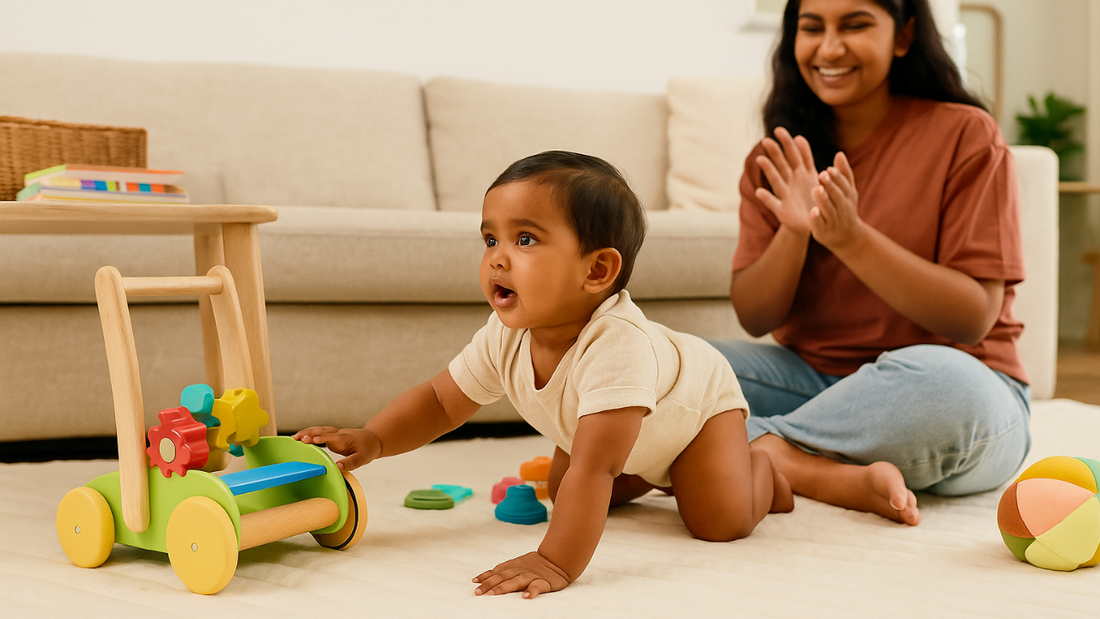
The Hazards of Baby Walkers
Ankita (Neonatal physiotherapist)Walking is an important milestone for both baby and parent. It signifies independence and “growing up”. A lot of effort is put into making a baby walk and, in most homes, the ever- popular baby walker to place your baby in, is considered a must have.
Unlike popular opinion that a baby walker will foster independent walking, the truth is quite the opposite. Walkers often hinder the process and are medically never recommended.
Learning to walk is not only about using your legs and feet. It is also about the muscular movements (transitions) which a child learns when they get up from the ground and stand. These transitions are best achieved on the floor. The constant effort of getting up after losing balance helps strengthen their leg muscles.
Babies also need to spend a lot of time on their knees (kneeling) which strengthens their hip and pelvic muscles, required for leg strength and balance.
When babies are plopped into walkers, they don’t learn any of these transitions and neither do they have the leg strength required for independent walking.
There are critical bio-mechanical factors too which are hindered by the introduction of walkers.
Toe walking
When a child starts using walkers early, their feet do not reach the ground and in turn to propel themselves forward they tend to walk on their toes. This in turn becomes their pattern of walking (toe walking). Persistent toe walking for longer duration creates tightness in calf muscles.
Hip misalignment
Hindered hip alignment due to walkers is also common. Babies are born with wide hips. Gradually as the hips and thigh bone develop, the femur starts narrowing and their legs become straighter. But walkers again broaden their base which misaligns the hip and knee joint position. In the long term this can cause hip, ankle and foot problems.
A paper in the British Medical Journal showed that there are strong links between the amount of baby walker use and the extent of developmental delay.
The alternative to help your child learn to walk independently– is to give your baby a lot of floor time. Consider giving them a toy which they can grab on to and encourage them to cruise. Another great option to consider is a push toy or push walker. It provides the experience of walking without developing dependence on it.

